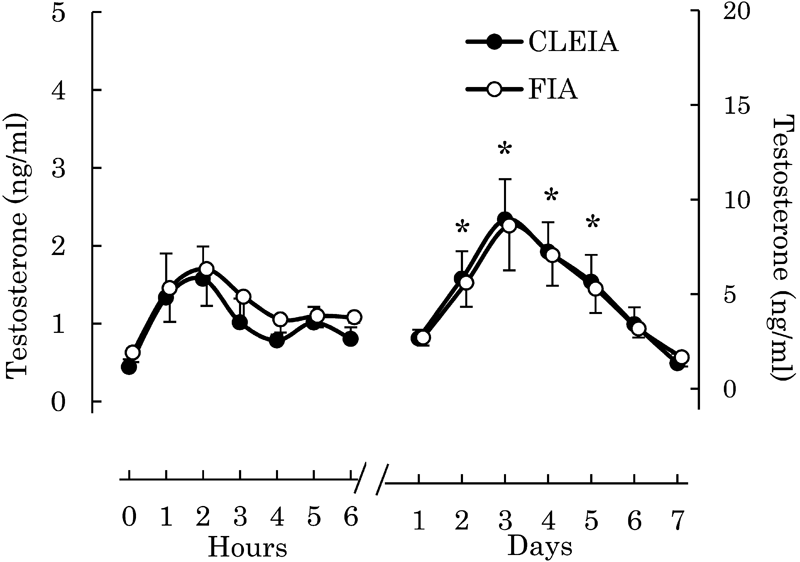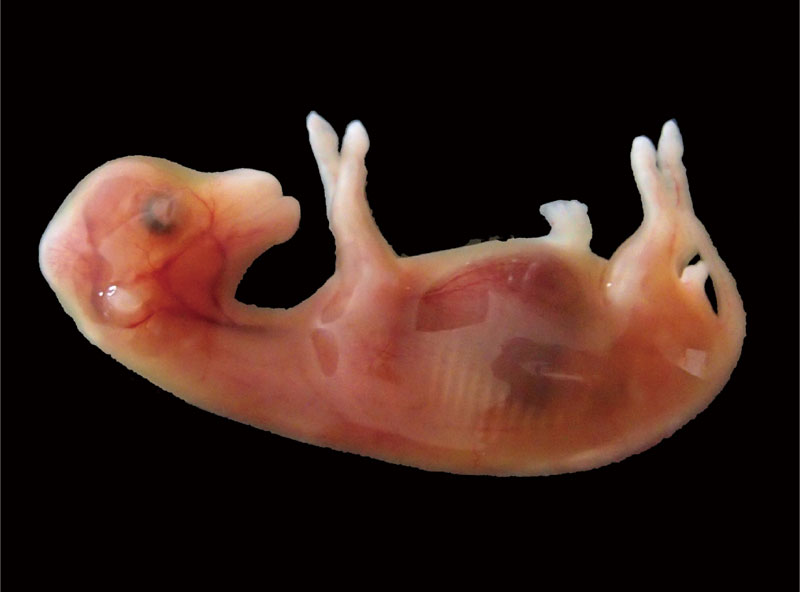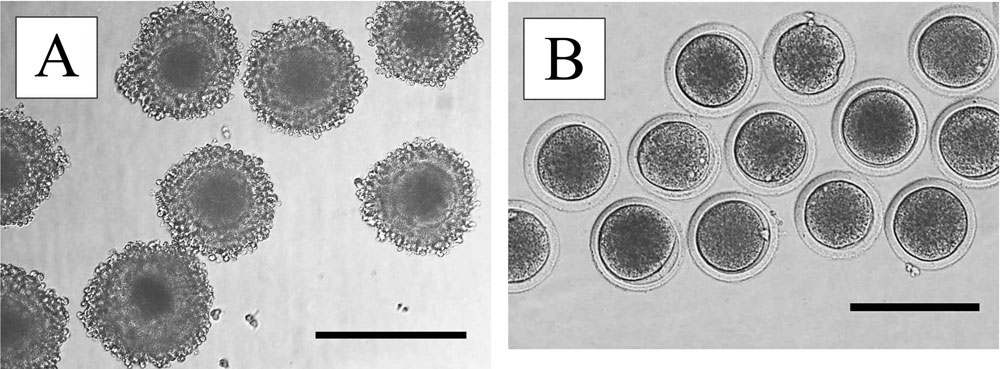- |<
- <
- 1
- >
- >|
-
原稿種別: Opinions and Hypotheses
2018 年 64 巻 1 号 p. 1-6
発行日: 2018年
公開日: 2018/02/27
[早期公開] 公開日: 2017/10/27PDF形式でダウンロード (1600K)
-
原稿種別: Original Article
2018 年 64 巻 1 号 p. 7-14
発行日: 2018年
公開日: 2018/02/27
[早期公開] 公開日: 2017/10/26PDF形式でダウンロード (770K) -
原稿種別: Original Article
2018 年 64 巻 1 号 p. 15-24
発行日: 2018年
公開日: 2018/02/27
[早期公開] 公開日: 2017/10/27PDF形式でダウンロード (3875K) -
原稿種別: Original Article
2018 年 64 巻 1 号 p. 25-31
発行日: 2018年
公開日: 2018/02/27
[早期公開] 公開日: 2017/11/03PDF形式でダウンロード (2065K) -
原稿種別: Original Article
2018 年 64 巻 1 号 p. 33-39
発行日: 2018年
公開日: 2018/02/27
[早期公開] 公開日: 2017/10/28PDF形式でダウンロード (764K) -
原稿種別: Original Article
2018 年 64 巻 1 号 p. 41-47
発行日: 2018年
公開日: 2018/02/27
[早期公開] 公開日: 2017/11/11PDF形式でダウンロード (853K) -
原稿種別: Original Article
2018 年 64 巻 1 号 p. 49-55
発行日: 2018年
公開日: 2018/02/27
[早期公開] 公開日: 2017/12/16PDF形式でダウンロード (1820K) -
原稿種別: Original Article
2018 年 64 巻 1 号 p. 57-64
発行日: 2018年
公開日: 2018/02/27
[早期公開] 公開日: 2017/11/17PDF形式でダウンロード (1968K) -
原稿種別: Original Article
2018 年 64 巻 1 号 p. 65-74
発行日: 2018年
公開日: 2018/02/27
[早期公開] 公開日: 2017/12/07PDF形式でダウンロード (5075K) -
原稿種別: Original Article
2018 年 64 巻 1 号 p. 75-82
発行日: 2018年
公開日: 2018/02/27
[早期公開] 公開日: 2017/12/11PDF形式でダウンロード (3038K) -
原稿種別: Original Article
2018 年 64 巻 1 号 p. 83-88
発行日: 2018年
公開日: 2018/02/27
[早期公開] 公開日: 2017/12/07PDF形式でダウンロード (1111K) -
原稿種別: Original Article
2018 年 64 巻 1 号 p. 89-94
発行日: 2018年
公開日: 2018/02/27
[早期公開] 公開日: 2017/12/21PDF形式でダウンロード (2428K)
-
 原稿種別: Technology Report
原稿種別: Technology Report
2018 年 64 巻 1 号 p. 95-99
発行日: 2018年
公開日: 2018/02/27
[早期公開] 公開日: 2017/10/20Editor's pickCover Story :
Whether cumulus cells are required for the successful vitrification of mature oocytes in cattle is controversial. Ishii et al. re-evaluated the effects of the presence of multi-layered cumulus cells (MCCs) on the vitrification of mature bovine oocytes (Ishii et al., Embryogenesis of vitrified mature bovine oocytes is improved in the presence of multi-layered cumulus cells. pp. 95–99). In the presence of MCCs, there was no difference between the embryonic development of fresh and vitrified mature bovine oocytes. These results suggest that MCCs protect mature oocytes from freezing, and promote their survival and development after in vitro fertilization. Ishii et al. successfully produced calves using a small number of vitrified mature oocytes with MCCs collected from the ovaries of individual cows post-slaughter.PDF形式でダウンロード (1149K)
- |<
- <
- 1
- >
- >|













